Photographer Nicola Bensley describes herself as “a Geordie exiled in London, but with her Northern frankness intact.”She is, she admits, “a fatalistic optimist, open with ideas and sensitive to criticism, cheerful yet attuned to life’s dark undercurrents.”
There is nothing, she says, she would rather be doing than photography, her subject always “pure, unmediated emotion.” Working exclusively in black and white, she shares her life in photographs with BJP.

What was the genesis of the project?
For some years I have been interested in warping or distorting conventional notions of beauty.
In this latest project I have collaborated with the contemporary dancer Amanda Dufour, and her energy and spirit have inspired me to look beyond our initial contemplation of mannequins and masks, going on to invert this perspective with a serial depiction of extremes of emotion in urban settings.
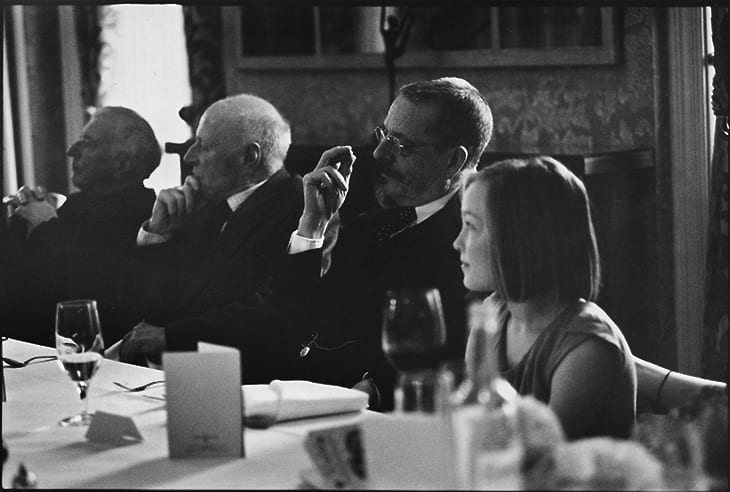
When was the first time you became aware of photography? How old were you?
At 18 I started the Art Foundation course at Newcastle, and was soon drawn to photography. My first project required me to spend days photographing rubbish on the streets, but this failed to put me off.
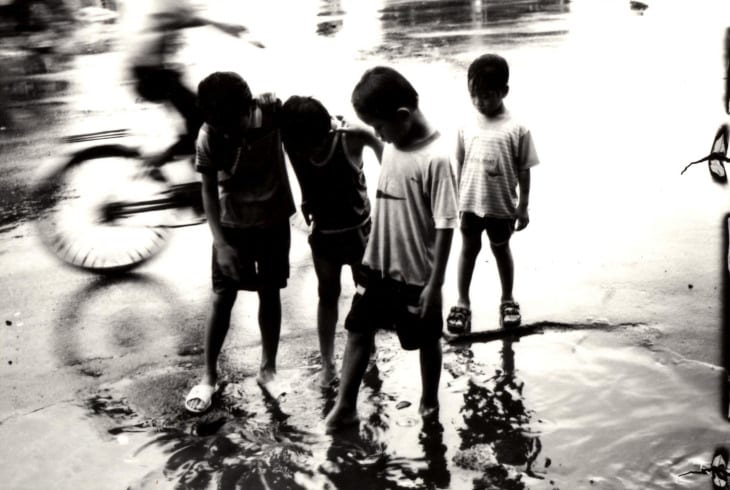
What was the primary reason you became a photographer? When did you decide to become one?
I am most content with my camera in my hand, and can’t imagine doing anything else. There was no decisive moment in this regard – you could say that photography chose me.

What motivates you?
Truth, Beauty, Economic Necessity.
How did you learn to become a photographer?
I gained my grounding in basic technique and printing during the foundation course, then I used an old Pentax given to me by my father to enlarge these boundaries, printing the (varied) results in the bathroom. After a first job assisting an advertising photographer, a world that held little appeal or interest, I progressed to the university of photography that is photojournalism. Working for a newspaper group taught me how to work quickly, efficiently and creatively in ever-changing conditions. Sporting events, attendance of the royal rota, the endless round of local news, portraits and large group shots, this endless variety called for versatility and decisiveness while honing my ability to tell a story in a single picture.

What are the common themes, subjects or concerns that run through all your work?
Revealing the beauty in the everyday; the truth behind the bizarre; disclosing the extraordinary beneath the banal.
I aim to draw out concealed emotions, bring inner lives to the surface.
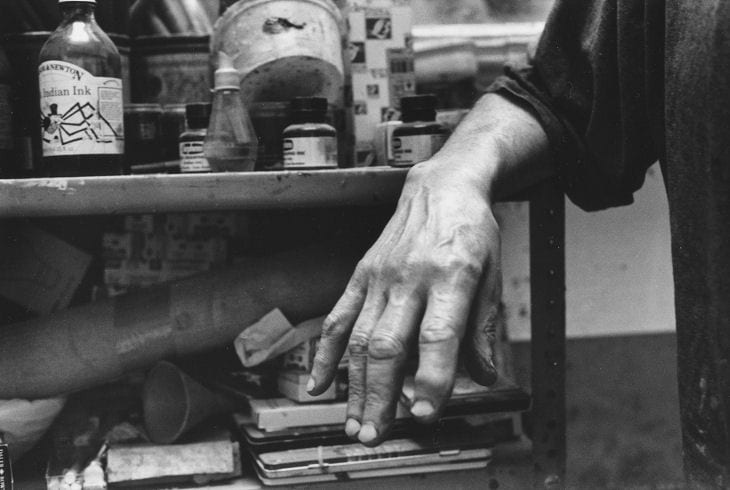
Can you describe what you’re looking for in a photograph – are there any particular aesthetic concerns, or are you purely led by your engagement with your subjects?
I don’t think it’s wise, perhaps not even possible, to impose an aesthetic in this way; the subject must first establish a dialogue – only then can an aesthetic be advanced, a tendency imposed.
What’s the worst job you’ve done?
Many years ago when I still worked as a photojournalist I was despatched to shoot the unveiling of the newly- restored Albert Memorial, Kensington Gardens. I do not like heights.
To my horror I was handed a yellow hard hat (which I had to put on backwards so I could use my camera) and led to a makeshift lift that climbed, swaying, within a haphazard outcrop of scaffolding. I shared it with Sir Jocelyn Stevens, head of English Heritage and my subject. He was to be photographed at the very top of the Memorial, among the angels.
I was terrified and just wanted to sit down. I have no idea how I managed to so much as press the shutter, but somehow I got the shot and made it back down to earth.
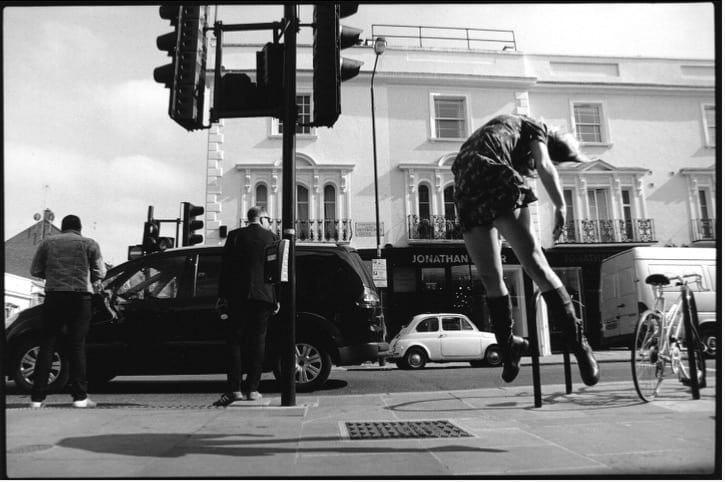
Who’s your favourite photographer?
Throughout my career I have gained inspiration from many photographers – Julia Margaret Cameron’s spectral fantasies, Sally Mann’s feral family; the genius of Cartier Bresson and the sensual beauty of early Lartigue.
However if I had to choose just one it would be Saul Leiter, whose work I discovered relatively recently. Like Max Kozloff I admire his “maintenance of a delicate balance between pictorial over- and understatement .” Saul Leiter, Early Black and White Interior and Exterior are a constant source of inspiration, I will never tire of his version of the world.
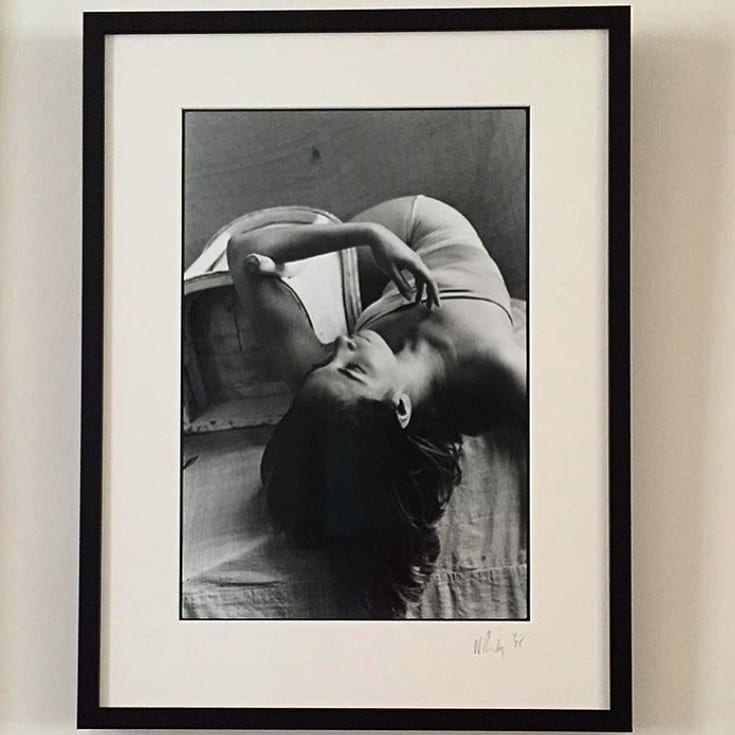
What’s the best image you’ve ever taken? what was the scenario, and why do you like it?
I recently photographed the painter Frank Auerbach in his studio. Though I had met him before I was pretty nervous – I was aware that he didn’t much enjoy having his day disrupted. I knew that I therefore only had a short amount of time to nail the shots. In the event he was charming and funny, totally cooperative and a joy to photograph.
Just as I felt my time was about up I noticed how he was resting his right hand as he talked. I managed just three frames of this remarkable hand. The light was pretty low and I needed a steady hand, but the result was all I could have hoped for. To me this image evokes his art, his painting, his tireless work ethic: the 86 year old hand of a contemporary master.

What was the best photo you never took?
A portrait of my mother and father in the brief period when they were genuinely happy together.
The one photograph you’d save in a nuclear apocalypse – your own or someone elses?
It would have to be a photograph I took of my daughters Iona and Violet, aged 4 and 1, sitting on a step and laughing while on holiday in north Cornwall.
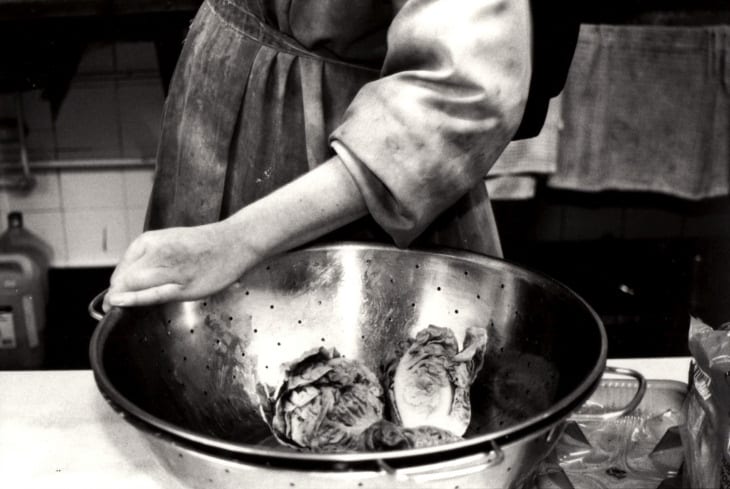
Where did you grow up and where do you live now? what are the pros and cons of each?
I grew up in a small village ten miles south of Newcastle Upon Tyne. I have now lived in London for almost 30 years. I still return to the North East regularly. Newcastle is still an inspiring city for me – for its glorious architecture, a great music scene, proximity to the sea, but above all for its people.
Nevertheless London now feels like home, and it will be hard to leave – despite the traffic, the expense, the unrelenting pace of life. It is a great city that continues to inspire me.
What’s your message to your younger self, in the moment they decided to become a photographer?
Believe in yourself, trust your ideas, expect to fail but don’t give up – this was meant to be.
See more of Nicola’s work here.
